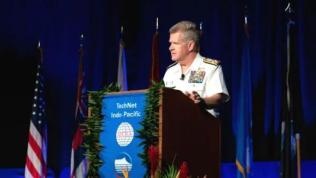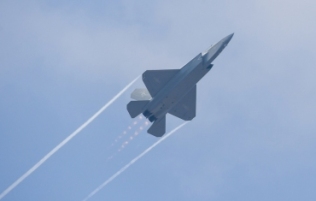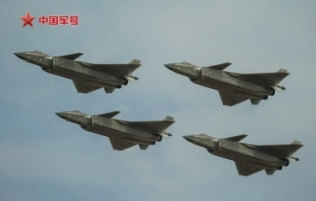北约和俄罗斯如何避免核大战?有这“三步”可走(4)
Unlike US president John F. Kennedy, who was bold yet careful enough to reach agreement with Soviet leader Nikita Khrushchev on removing Soviet missiles from Cuba in exchange for the US promising not to invade Cuba in 1962, current US President Joe Biden has been provocative. He has called Putin a war criminal and said “this man cannot remain in power”.
We are closer to a nuclear war now than we were during the Cold War. No one can tell when or where Putin might use nuclear weapons. But if he feels he must rely on nuclear weapons as a game-changer in a grinding war in which Russian troops have so far fought poorly, the likelihood he will use them will continue to simply grow.
As Stephen Walt of Harvard University wrote in Foreign Policy this month, Putin has a track record of following through on his warnings. This is seen in Russia’s war in Georgia in 2008, its annexation of Crimea in 2014 and, of course, the current conflict in Ukraine.
If Putin believes he is chosen to be St George who slew the dragon – a symbol that is part of Russia’s coat of arms – the weapon he will use is not a long spear but a nuclear missile, of which Russia has more than anyone. The targets might be one or two European countries rather than Ukraine, which, home to what Putin called “one people”, is also close to Russia.
With no prospect of even a ceasefire in sight, the challenge is how to reduce tensions. As a first step, Nato could unilaterally pledge not to be the first to use nuclear weapons against Russia in any circumstances. It is unlikely that Russia will reciprocate now, but this would be a goodwill gesture and talks could start from there.
Nato can afford to make such an offer as it would not compromise its deterrent capabilities. It is hard to imagine why the 30-member transatlantic alliance with unmatched conventional forces would need to use nuclear weapons first against one adversary.
According to the Pentagon, the US “would only consider the use of nuclear weapons in extreme circumstances to defend the vital interests of the United States or its allies and partners”. This is already close to a “no first use” policy.










